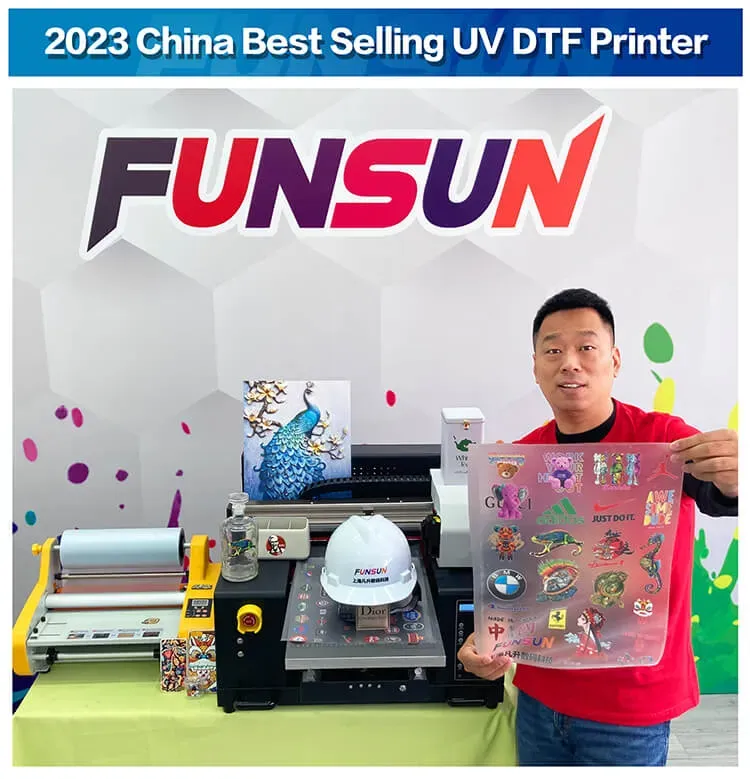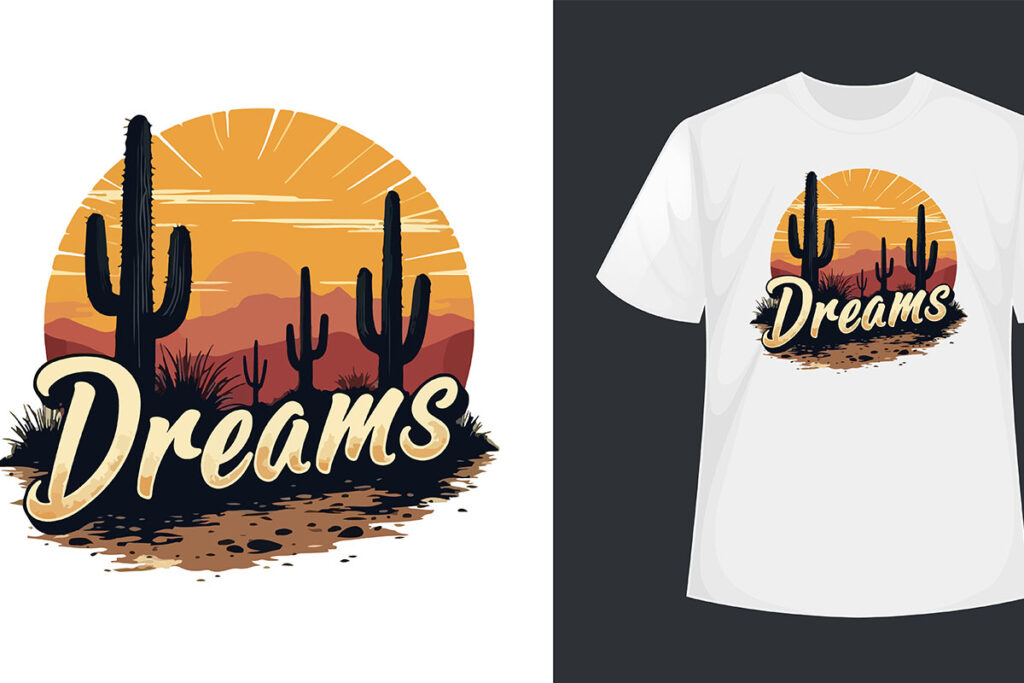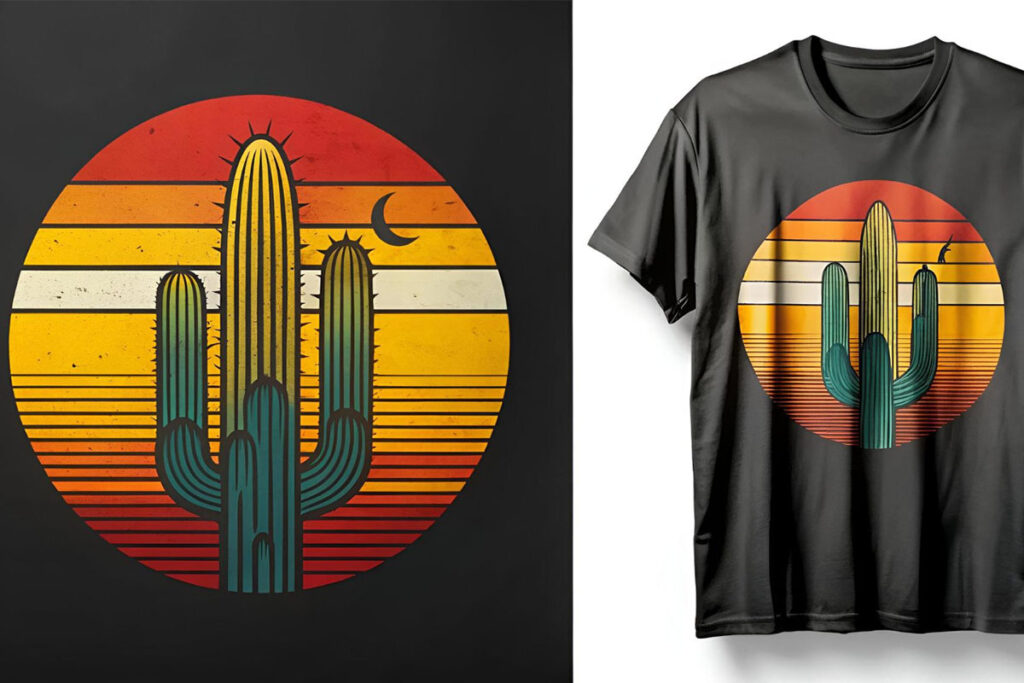In an era increasingly defined by eco-consciousness, UV DTF printing stands out as a groundbreaking advancement in sustainable printing solutions. This innovative technique combines the efficiency of Direct-to-Film (DTF) printing with the curing power of ultraviolet light, offering a cleaner, greener alternative to traditional methods. UV DTF technology uses environment-friendly inks, significantly reducing harmful emissions and waste, and aligns seamlessly with the world’s shift towards eco-friendly practices. As industries seek greener printing methods, UV DTF printing not only meets these demands but also promises to deliver high-quality, vibrant print results that cater to a diverse range of substrates. Join us as we delve into the remarkable features, benefits, and trends surrounding UV DTF printing in this informative exploration of green printing technology.
Known in various circles as UV Direct-to-Film printing, this innovative method redefines the landscape of modern printing practices. It leverages advanced UV curing technology to bond inks directly onto film, which can then be transferred to numerous diverse materials. This progressive approach streamlines the printing process while minimizing waste, making it an appealing choice for environmentally minded businesses. As the printing industry continues to evolve, the pursuit of sustainable printing solutions remains at the forefront, positioning techniques like UV DTF printing as essential in the quest for innovations in printing.
Understanding UV DTF Printing Technology
UV DTF printing technology represents a significant advancement in the world of printing. By leveraging ultraviolet light to cure inks after they are printed on film, this innovative method enables the production of high-quality images with remarkable detail and durability. Unlike conventional printing methods which often compromise on speed or quality, UV DTF technology allows printers to achieve vivid colors and intricate designs quickly and cost-effectively. This makes it an ideal choice for a wide range of applications, including textiles, promotional items, and custom packaging.
Moreover, the process of UV DTF printing eliminates the need for harmful solvents commonly found in traditional inks, making it a crucial player in the shift towards more sustainable printing practices. The technology’s versatility allows it to print on a plethora of substrates, from flexible materials like fabrics to rigid surfaces like metal and glass, thus expanding its market appeal. As businesses increasingly seek partners that prioritize eco-friendly choices, adopting UV DTF printing not only meets consumer demand but also enhances brand reputation and loyalty.
The Eco-Friendly Advantages of UV DTF Printing
The eco-friendly aspects of UV DTF printing are among its most compelling features. With growing concerns about environmental sustainability, the printing industry is under pressure to adopt greener technologies. UV DTF printers use UV-cured inks that are free from volatile organic compounds (VOCs), significantly minimizing the environmental footprint associated with traditional printing methods. This not only helps protect the ecosystem but also improves air quality in workplaces, making it a healthier option for operators.
Further boosting its eco-credentials, UV DTF technology minimizes ink waste through precise application methods, ensuring that only the required amount of ink is used. This conscientious approach to resource management helps businesses achieve their sustainability goals while reducing operational costs. As consumers continue to prioritize ethical and environmentally friendly products, adopting UV DTF technology positions companies at the forefront of the green printing movement.
Navigating Current Trends in Sustainable Printing
The trend toward sustainable printing solutions is gaining traction across various industries, with UV DTF printing emerging as a frontrunner. As consumers become more eco-conscious, they are increasingly attracted to brands that demonstrate commitment to environmental stewardship. In sectors like textiles and packaging, companies are integrating UV DTF technologies to create customized products that not only meet consumer preferences but also contribute positively to the planet.
Market analysts predict that the demand for UV DTF printing will continue to rise as businesses strive to align their operations with sustainable practices. With significant growth in the production of eco-friendly promotional materials, apparel, and packaging solutions, the versatility of UV DTF printing makes it a robust tool for companies aiming to appeal to a wider audience. Engaging with current trends in sustainable printing not only enhances brand image but also fosters customer loyalty in a competitive marketplace.
Challenges Faced by UV DTF Printers
Despite its numerous advantages, the adoption of UV DTF printing is not without its challenges. The initial investment required for state-of-the-art UV printers and high-quality inks can be prohibitive for smaller businesses or those new to the technology. Additionally, the transition to this innovative printing method often necessitates extensive training for staff, which can divert resources and time from other critical operations.
Moreover, while UV DTF printing promises more sustainable practices, the market still faces skepticism regarding the long-term durability and performance of UV-curable inks compared to solvent-based alternatives. Overcoming these hurdles involves continuous innovation and education. As manufacturers improve ink formulations and develop more user-friendly equipment, the barriers to entry are expected to decrease, promoting wider adoption of UV DTF printing technology.
Innovations Driving the Future of UV DTF Printing
Innovation plays a pivotal role in the evolution of UV DTF printing technology. As research and development efforts intensify, manufacturers are developing more advanced ink formulations that enhance the ecological footprint of printing without sacrificing quality. These innovations aim to create inks that not only deliver vibrant colors and durability but also comply with the highest sustainability standards, aligning with the global push for greener technologies.
Additionally, improvements in printer designs and operational efficiencies are making UV DTF printing more accessible to businesses of all sizes. The introduction of user-friendly software and automated features in printing systems streamlines the workflow, allowing companies to maximize productivity and minimize waste. As equipment costs continue to decrease and training becomes more robust, the future looks bright for UV DTF printing, leading to its broader adoption across various sectors.
The Outlook for UV DTF Printing in a Sustainable World
Looking forward, the outlook for UV DTF printing remains optimistic as sustainability becomes a core value for both businesses and consumers alike. Industry experts foresee robust growth in the market as more companies invest in UV DTF technologies to meet stringent environmental regulations and consumer expectations. As cost barriers decrease and training programs become more accessible, even small businesses can capitalize on the benefits offered by UV DTF printing, embracing its potential to boost profitability while championing sustainability.
The expansion of UV DTF printing applications also holds tremendous promise, as advancements in materials science enable printing on new substrates and products. By remaining ahead of trends and fully integrating innovative technologies, businesses that adopt UV DTF printing will not only differentiate themselves in the marketplace but also contribute significantly to the global movement towards sustainable printing. As demand for eco-friendly solutions continues to rise, stakeholders must stay current with industry developments to effectively harness the potential of UV DTF technology.
Frequently Asked Questions
What is UV DTF printing and how does it work?
UV DTF printing, or UV Direct-to-Film printing, combines traditional direct-to-film techniques with UV curing technology to produce high-quality images on various substrates. The process uses UV-curable inks that dry instantly under UV light, ensuring vibrant colors and durability.
How does UV DTF printing contribute to eco-friendly printing solutions?
UV DTF printing is eco-friendly as it utilizes UV-curable inks that are free from harmful solvents, reducing volatile organic compounds (VOCs) emissions. Moreover, its precise application minimizes ink waste, further lowering environmental impact and aligning with sustainable printing solutions.
What are the advantages of UV DTF technology over traditional printing methods?
UV DTF technology offers several advantages, including high-quality output with sharp images, versatility across various materials, and quicker turnaround times. These benefits make it a preferred choice for businesses seeking efficient and sustainable printing methods.
How is UV DTF printing shaping the future of sustainable printing solutions?
UV DTF printing is shaping the future of sustainable printing by providing a greener alternative to conventional methods. With its reduced environmental footprint, higher efficiency, and ability to produce eco-friendly products, it supports the increasing consumer demand for environmentally conscious practices.
What market trends are driving the adoption of UV DTF technology?
Current market trends indicate a growing shift towards sustainable printing solutions, driven by eco-conscious consumers seeking brands committed to green practices. Industries like textiles, promotional products, and packaging are increasingly adopting UV DTF technology to meet these demands.
What challenges does UV DTF printing face in the industry?
Despite its benefits, UV DTF printing faces challenges such as high initial equipment costs and the need for staff training. However, ongoing innovations in ink formulations, equipment efficiency, and training programs aim to overcome these barriers, enhancing accessibility for businesses.
| Key Points | Description |
|---|---|
| What is UV DTF Printing? | An innovative method using ultraviolet curing technology to print on films for various substrates. |
| Eco-Friendly Aspects | Reduces VOC emissions and ink waste, contributing to a lower environmental impact. |
| Market Trends | Increasing adoption in textiles, promotional products, and sustainable packaging due to consumer preference for eco-friendly options. |
| Challenges | High initial investment and staff training are obstacles that need to be overcome for broader adoption. |
| Future Prospects | Continuous growth predicted with technological advancements, expanded applications, and regulatory support for sustainability. |
Summary
UV DTF printing is paving the way for a more sustainable future in the printing industry through its innovative and eco-friendly technology. This state-of-the-art method allows for high-quality prints while significantly reducing harmful emissions and waste, aligning perfectly with global sustainability goals. As the market evolves, embracing UV DTF printing not only offers businesses a competitive edge but also plays a critical role in fostering an environmentally conscious approach to production. Stakeholders should actively seek to integrate this cutting-edge technology into their operations, ensuring they remain relevant in a rapidly changing landscape. With its potential to transform traditional printing processes, UV DTF printing represents a significant leap towards a greener future.



